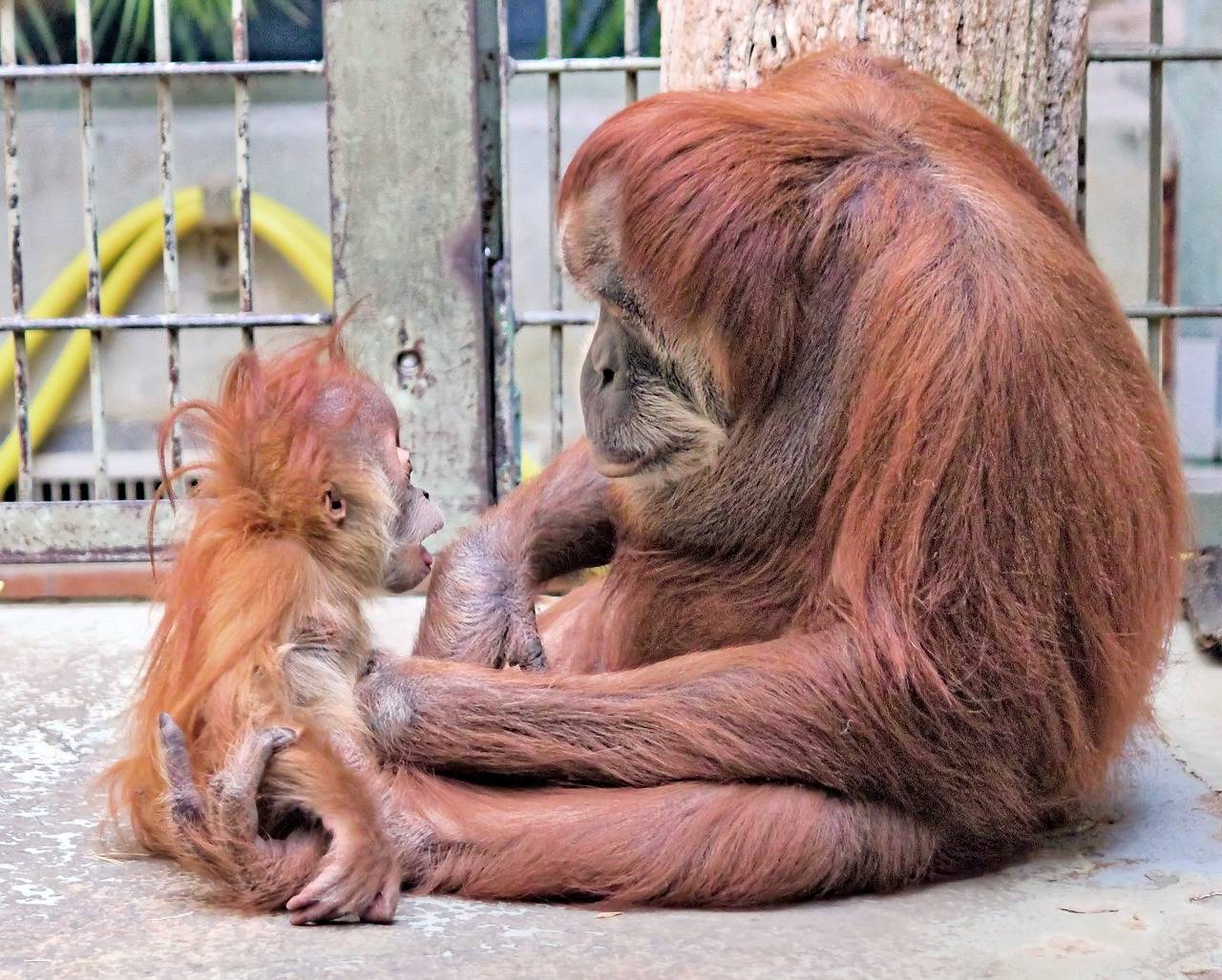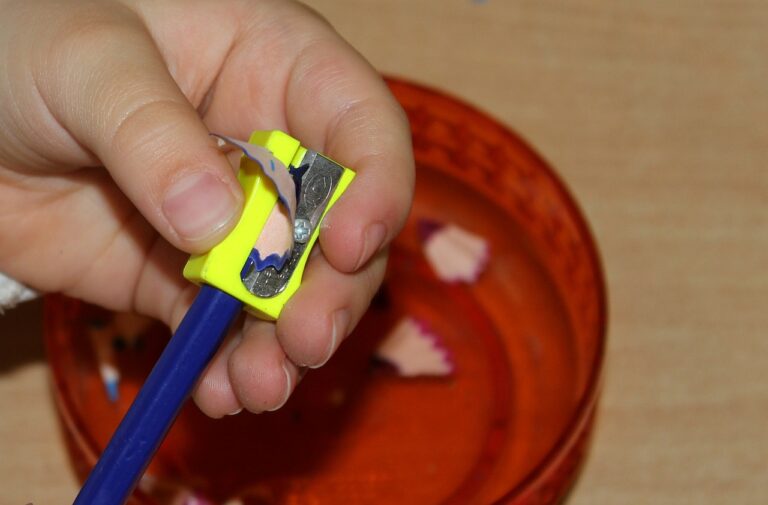Harnessing the Arts for Holistic Education: Integrating Creativity into the Curriculum
Arts education plays a crucial role in nurturing well-rounded individuals by fostering creativity, critical thinking, and emotional intelligence. Through engaging with various forms of art such as music, visual arts, and performing arts, students are encouraged to explore their imaginations and express their thoughts and emotions in a unique and personal way. This process not only enhances their artistic skills but also helps in developing their ability to communicate effectively and empathize with others.
Moreover, arts education helps in cultivating a deep appreciation for different cultures and perspectives, broadening students’ understanding of the world around them. By studying art history, learning about diverse artistic traditions, and creating art pieces that reflect their own experiences and beliefs, students are encouraged to embrace diversity and develop a more inclusive mindset. This holistic approach to education not only enriches students’ lives but also prepares them to navigate an increasingly interconnected and multicultural society with empathy and understanding.
– Arts education fosters creativity, critical thinking, and emotional intelligence
– Encourages students to explore their imaginations and express themselves
– Enhances communication skills and empathy towards others
– Cultivates appreciation for different cultures and perspectives
– Broadens understanding of the world around them
– Embraces diversity and promotes inclusivity
– Prepares students to navigate a multicultural society with empathy
Identifying Creative Learning Opportunities in Various Subjects
In mathematics, students can explore geometric concepts through creating art pieces that involve shapes, angles, and symmetry. By incorporating art into the curriculum, teachers can engage students in hands-on activities that deepen their understanding of mathematical concepts. For example, asking students to design tessellations using different shapes not only enhances their creativity but also reinforces their knowledge of mathematical principles.
In science classes, students can enhance their learning by creating visual representations of scientific processes and phenomena. For instance, having students design and build models of the water cycle or cell structures can help them grasp complex scientific concepts in a more tangible way. By integrating art into science education, teachers can encourage students to think creatively and critically while also strengthening their understanding of scientific principles.
Benefits of Integrating Arts and Creativity in the Curriculum
Art integration in the curriculum helps foster critical thinking skills among students. By engaging in arts and creative activities, learners are encouraged to think outside the box and explore various perspectives. This, in turn, enhances their problem-solving abilities and allows them to approach challenges with a more open mind, leading to innovative solutions.
Furthermore, integrating arts and creativity in the curriculum can help improve students’ emotional intelligence. Through artistic expression, individuals can better understand and manage their emotions, as well as empathize with others. This holistic approach to education not only nurtures creativity but also cultivates self-awareness and interpersonal skills essential for personal and professional growth.
How can arts education contribute to holistic development?
Arts education helps students develop creativity, critical thinking, problem-solving skills, and emotional intelligence, which are essential for holistic development.
How can teachers identify creative learning opportunities in various subjects?
Teachers can incorporate arts-based activities, such as visual arts, music, drama, and dance, into lessons to encourage creativity and innovation in various subjects.
What are some benefits of integrating arts and creativity in the curriculum?
Integrating arts and creativity in the curriculum can enhance students’ cognitive abilities, improve their communication skills, boost their self-confidence, and foster a love for learning.





